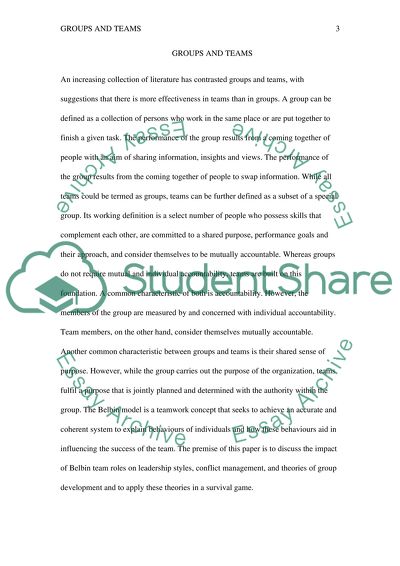Cite this document
(“GROUPS AND TEAMS Essay Example | Topics and Well Written Essays - 2500 words”, n.d.)
Retrieved from https://studentshare.org/sociology/1398292-groups-and-teams
Retrieved from https://studentshare.org/sociology/1398292-groups-and-teams
(GROUPS AND TEAMS Essay Example | Topics and Well Written Essays - 2500 Words)
https://studentshare.org/sociology/1398292-groups-and-teams.
https://studentshare.org/sociology/1398292-groups-and-teams.
“GROUPS AND TEAMS Essay Example | Topics and Well Written Essays - 2500 Words”, n.d. https://studentshare.org/sociology/1398292-groups-and-teams.


